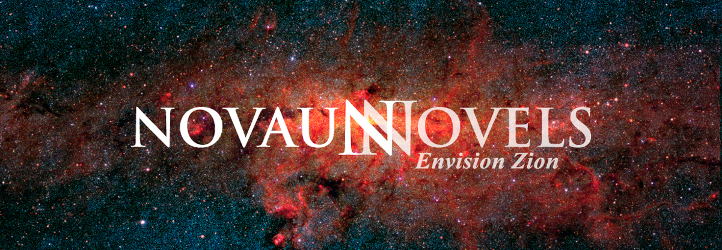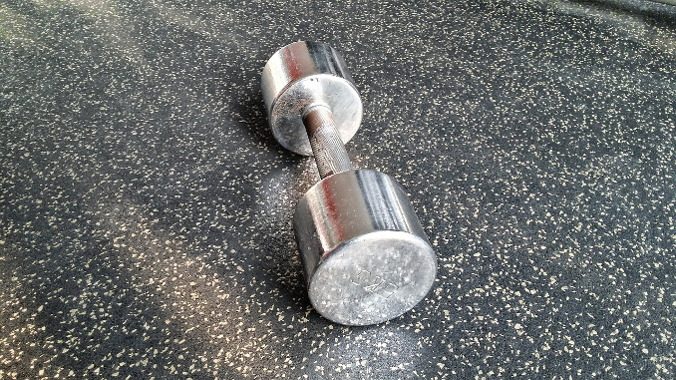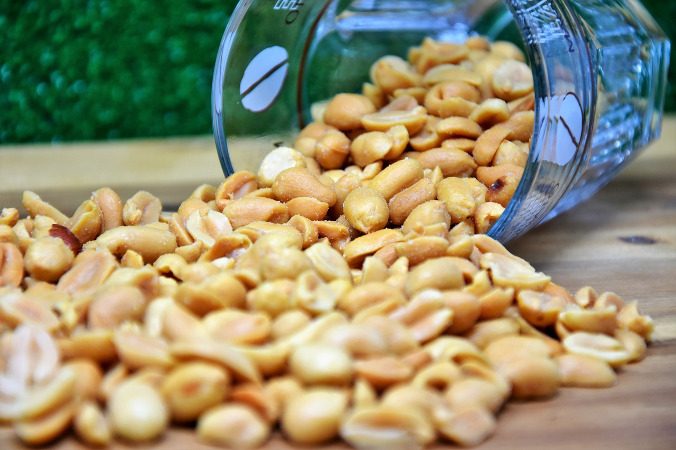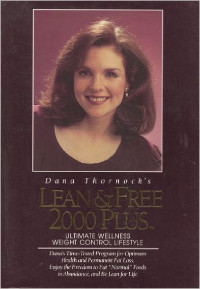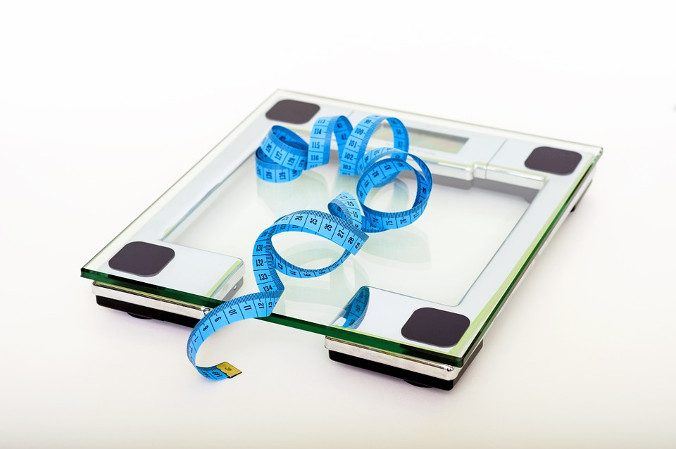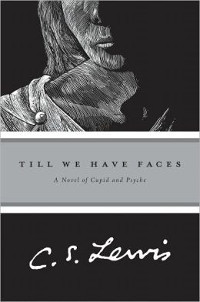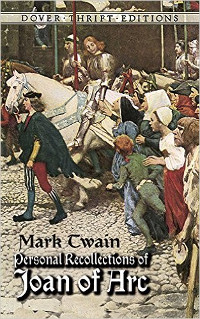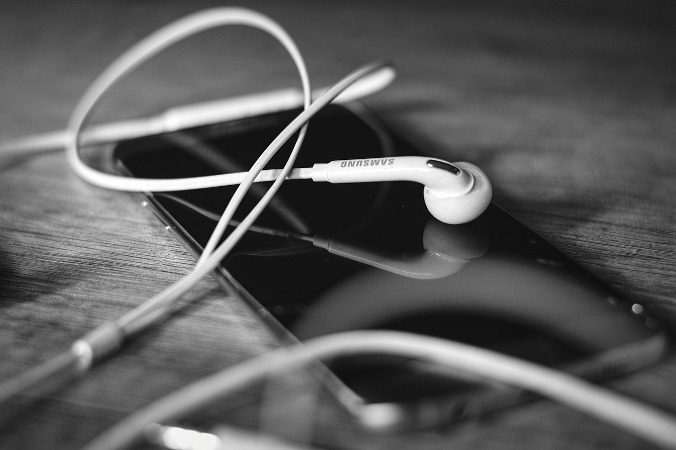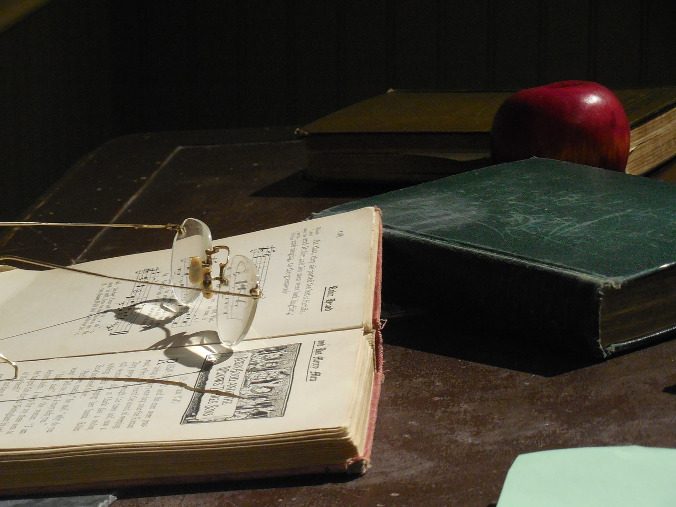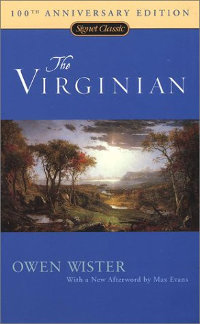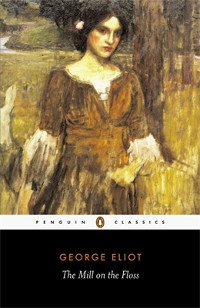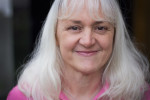I’m deviating from my normal blogging style for several months to share brief information about books that have significantly helped me obtain better health.
To read the first post in this series, “Books that Helped Me Lose 100 Pounds, Part 1: Introduction,” please click here.
To read the second post in this series, “Books that Helped Me Lose 100 Pounds, Part 2: The First 20,” please click here.
To read the third post in this series, “Books that Helped Me Lose 100 Pounds, Part 3: The Second 40,” please click here.
Disclaimer: I’m not a doctor or a dietitian. I do not recommend or endorse a particular health regimen. My intention is to provide a few insights into what has worked for me. The information in this post is no substitute for individual medical advice, and you use it at your own risk. I’ll tell you a little about my experience working with a dietitian in this post. Please keep in mind, however, that the advice I have received from her has been based on my individual needs.
In early April 2016, I met with the dietitian for the first time, committed to follow the advice she gave to me. She urged me to continue to use the My Fitness Pal (MFP) application, but she wanted me to customize the calorie and macronutrient goals. To my surprise, she didn’t suggest I lower my caloric intake and, in fact, wanted me to stay in the 1800–2000 calorie range I was in as long as I continued to lose weight at that level. She did, however, want me to pick a calorie goal and stick with it every day, whatever exercise I did. I decided on a goal of 1900 calories, since this was the number that MFP routinely gave to me.
Continue reading